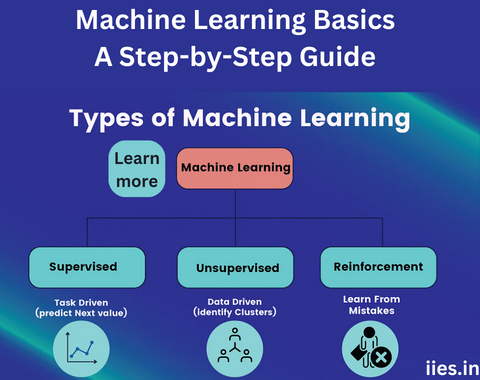1. Healthcare:
– Diagnosis and Predictive Medicine: Machine learning models analyze medical data to assist in disease diagnosis and predict patient outcomes, contributing to personalized
treatment plans.
– Drug Discovery: ML algorithms expedite the drug discovery process by predicting potential drug candidates and assessing their efficacy.
2. Finance
– Fraud Detection: Machine Learning is employed to detect anomalous patterns in financial transactions, aiding in the early identification of fraudulent activities.
– Credit Scoring: ML models assess creditworthiness by analyzing a borrower’s financial history, improving the accuracy of credit scoring systems.
3. Marketing and E-Commerce:
– Recommendation Systems: Machine learning powers recommendation engines, providing personalized product or content suggestions based on user preferences.
– Customer Segmentation: ML models analyze customer data to segment audiences and tailor marketing strategies for specific demographics.
4. Autonomous Vehicles:
– Object Detection and Recognition: Machine learning enables vehicles to recognize and react to objects in their surroundings, contributing to the development of autonomous
driving systems.
– Path Planning: ML algorithms assist in determining optimal routes and making real-time decisions in response to dynamic traffic conditions.
5. Natural Language Processing (NLP):
– Chatbots and Virtual Assistants: NLP-driven models power conversational interfaces, allowing chatbots and virtual assistants to understand and respond to human language.
– Sentiment Analysis: ML algorithms analyze textual data to determine the sentiment behind user reviews, social media posts, and customer feedback.
6. Image and Speech Recognition:
– Facial Recognition: ML models recognize and verify individuals based on facial features, used in security systems, authentication, and social media tagging.
– Speech-to-Text: Machine learning transforms spoken language into written text, facilitating voice commands, transcription services, and more.

